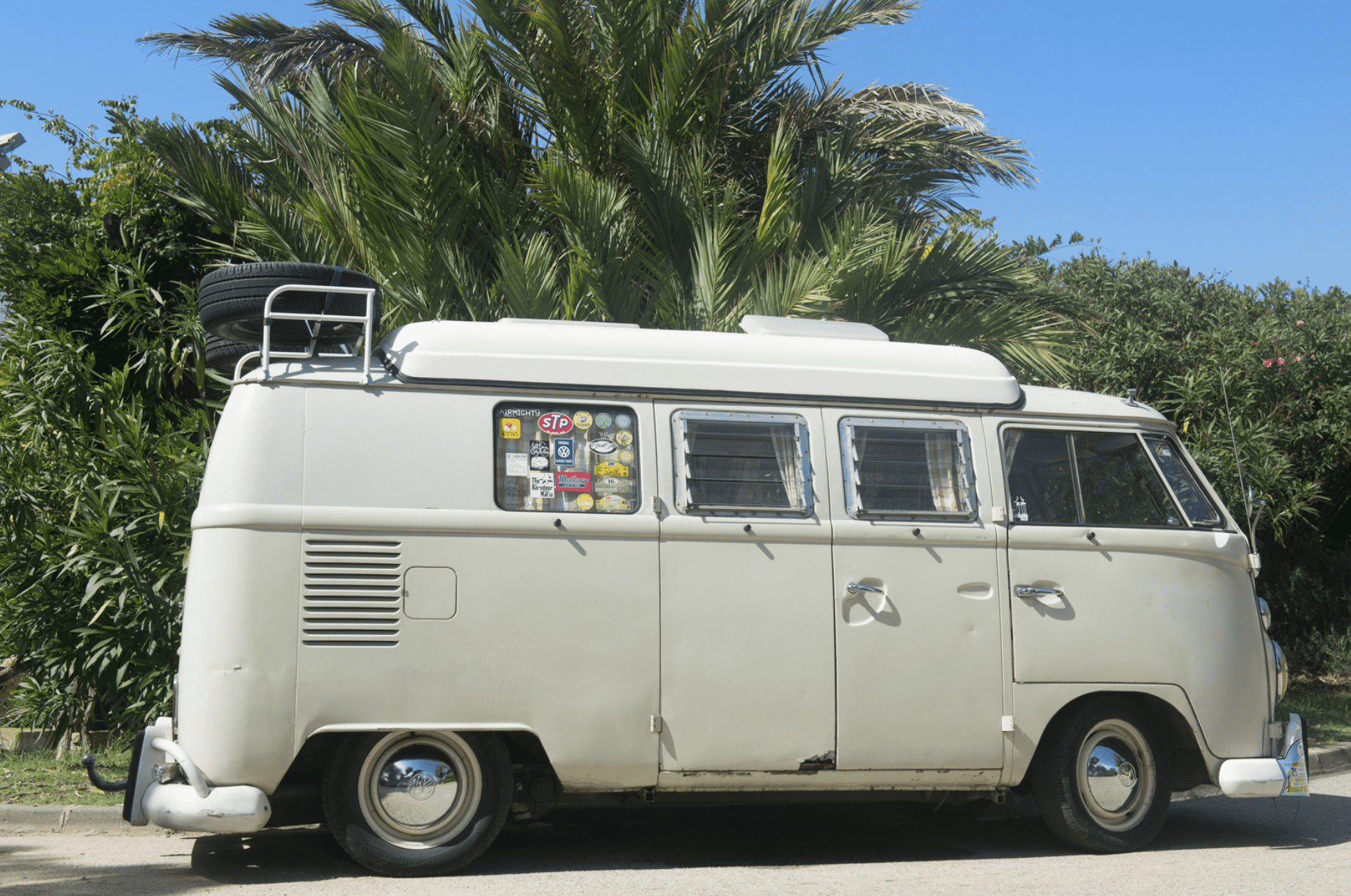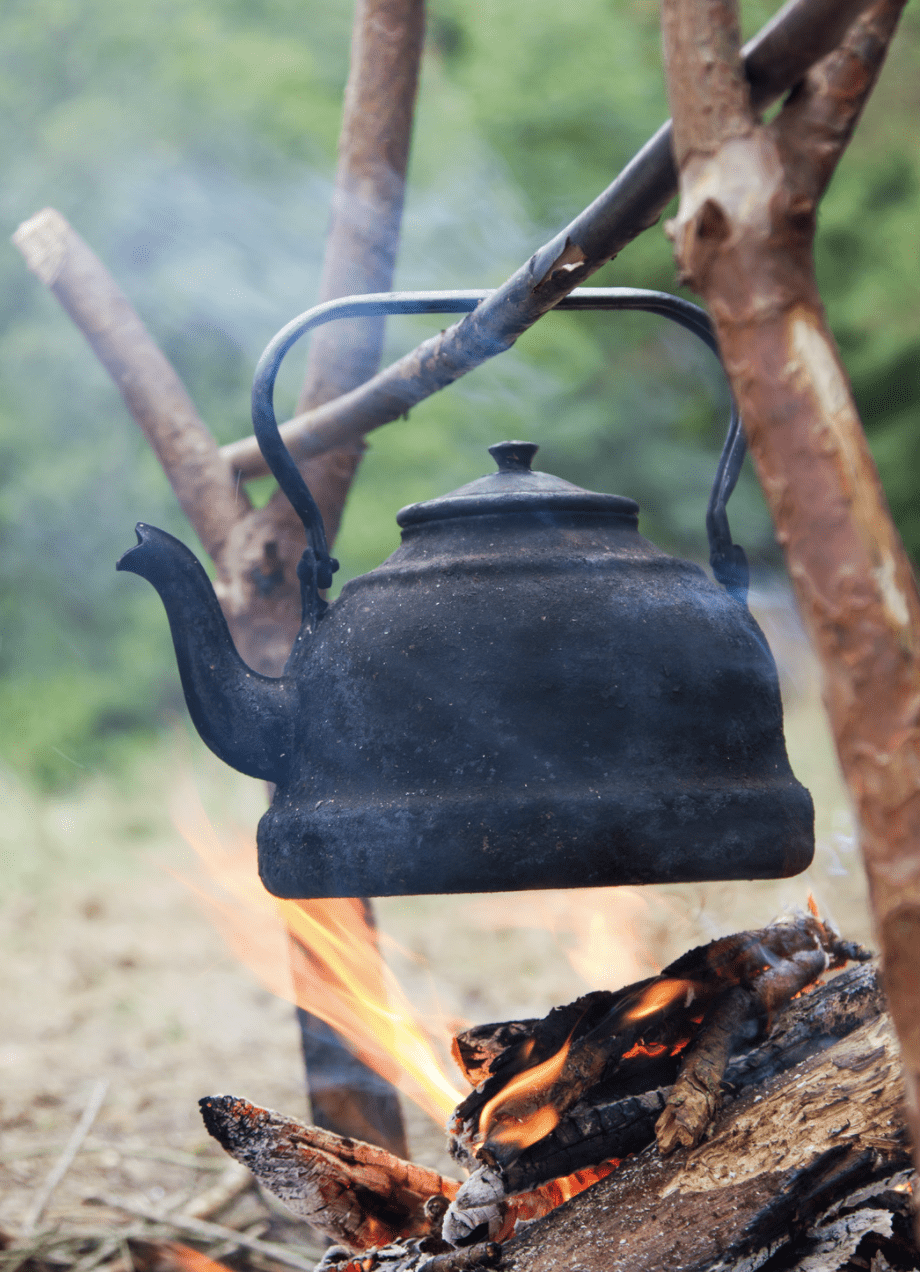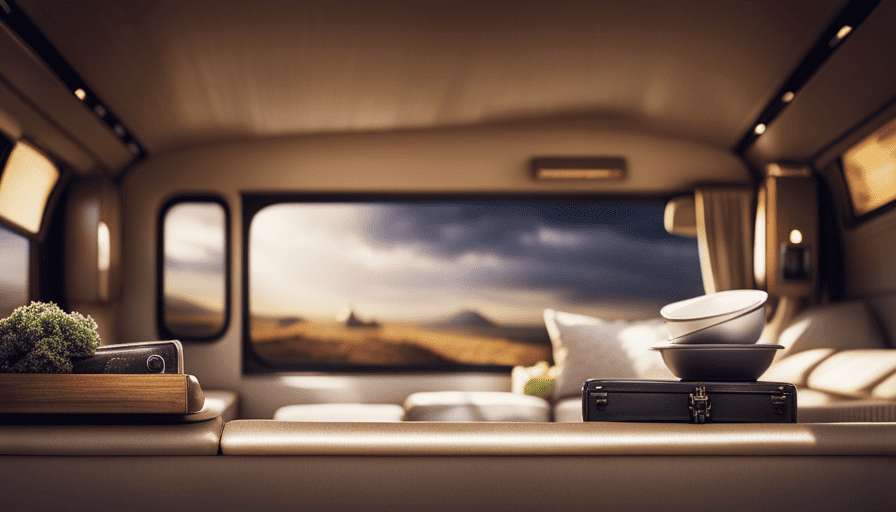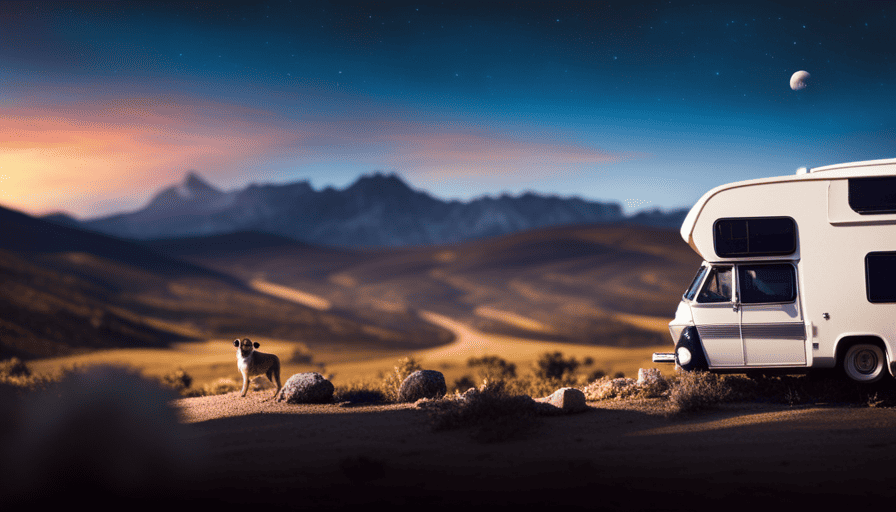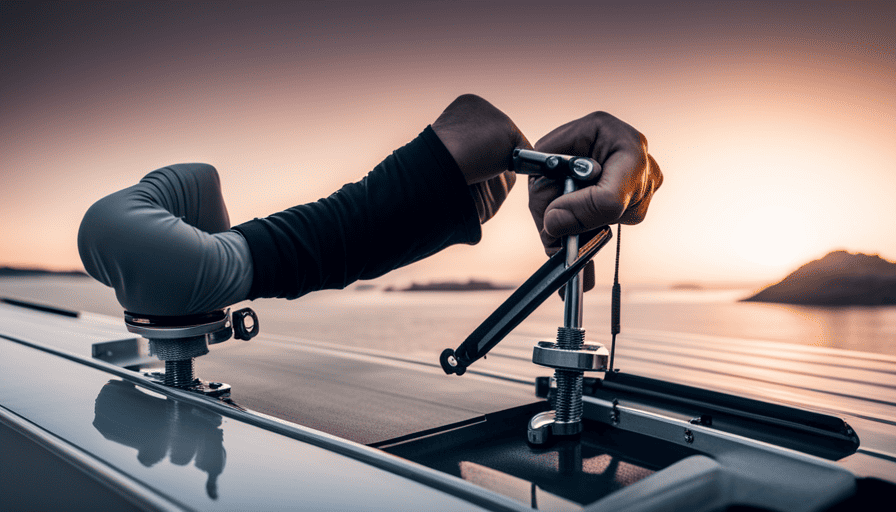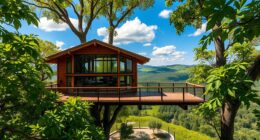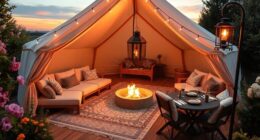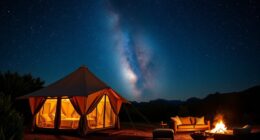Top Camping Activities and Places to Visit Around the World
Roaming the world while camping can be a lot of fun, but it can also come with its fair share of difficulties. Setting up your tent in different spots across the globe can lead to some interesting situations!
For example, imagine that you’re camping in the Australian Outback and you hear something rustling in the bushes nearby. What do you do? Do you stay put and hope that it’s just a kangaroo, or do you run for your life?
Or, imagine that you’re camping in the African jungle and you start to hear strange noises coming from the trees overhead. Do you panic and run for cover, or do you bravely stay put and see what’s making the noise?
These are just two of many possible scenarios that you might find yourself in while camping in different parts of the world…
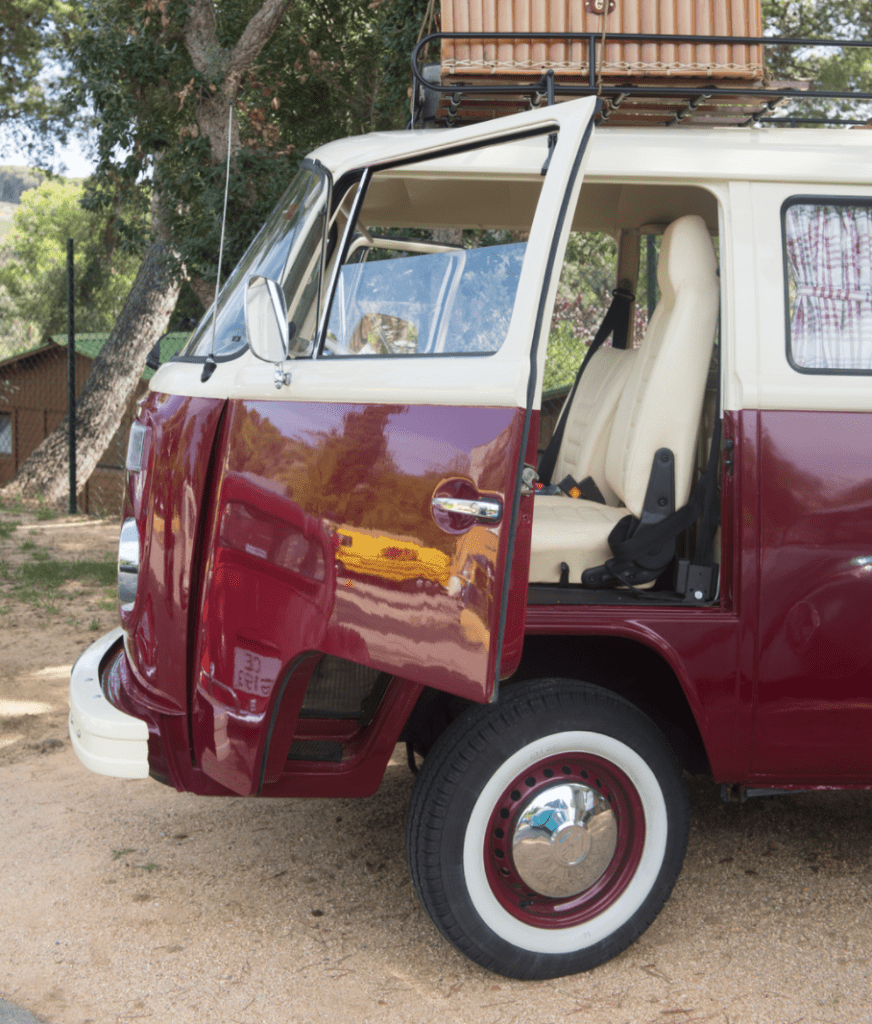
Camping Is a Popular Outdoor Activity
Camping is a popular form of outdoor recreation. There are many different types of camping available, from wilderness backpacking to car camping and RVing. Camping can be done in a variety of locations and with a wide range of activities.
There are many benefits to camping, such as; it provides an escape from the stresses and noise of modern life, it offers an opportunity for family bonding time, and it is a great way to explore the outdoors.
The following article will give you some ideas about what you can do while camping and some places around the world that offer the best camping experience.
Areas to Avoid Camping in …
You should never camp near any areas where there could be water or sand-related accidents such as tall grasses, ditches filled with water/mud, wooded areas where fallen trees may have weakened the ground beneath them, or any area that could be considered boggy or marshy. Avoid camping near cliffs, deep ravines/canyons, and gravel surfaces.
Areas Where You Can Go Camping …
You should find established public campgrounds which are usually well maintained if you are looking to camp in a “safe” environment away from other risks such as wild animals, natural hazards, etc.
These are areas where there are facilities including fire pits, picnic tables, restrooms with running water (usually), trash pick up, designated trails for hiking and biking paths. Most importantly these places have security features to protect against theft or vandalism of your vehicles and belongings.
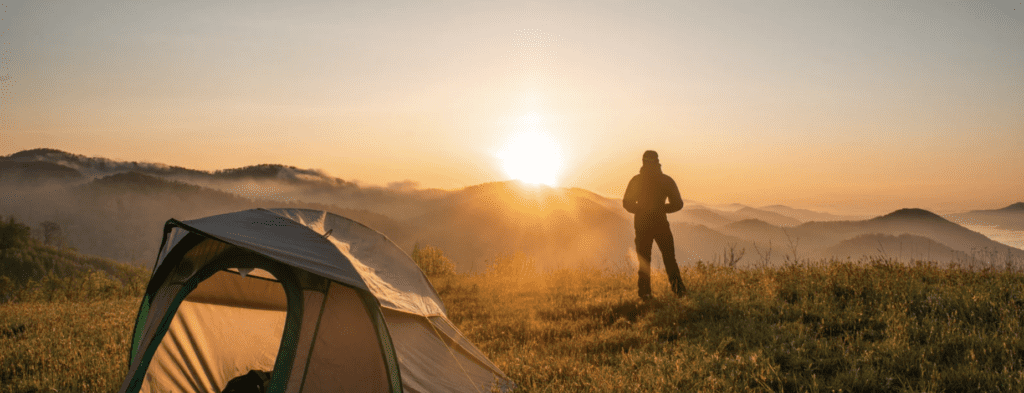
You can go camping on privately owned campgrounds as well, which are usually smaller than public ones, but they still maintain safety features like those mentioned above, and you can expect them to be clean and maintained.
These types of campgrounds typically have the same amenities as the larger facilities do. Sometimes groups will own their own private campsites especially if they’re large enough to accommodate such a group.
Many times these sites allow members of that group/organization to use them for functions at discounted rates or free of charge since there are no other accommodations around for that many people.
Best Camping Activities
The best camping activities vary depending on the location, but some of the most popular activities include hiking, fishing, canoeing or kayaking, wildlife viewing, hunting, and stargazing.
Hiking is a great way to explore the area around your campsite and to get some exercise. If you’re lucky, you may also be able to see some amazing wildlife while hiking.
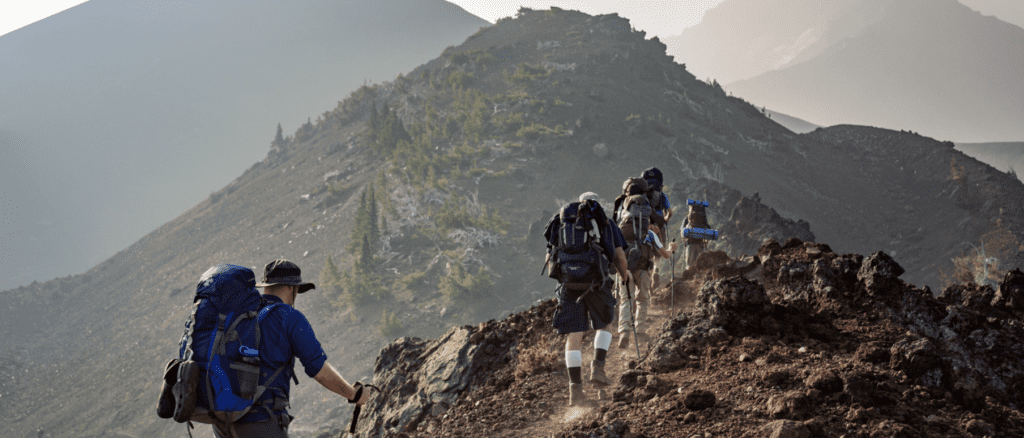
Fishing is another popular activity, and there are usually plenty of fish to be caught in nearby rivers and lakes.
Canoeing or kayaking can be a fun way to explore the area and to get up close to nature.
Wildlife viewing is a great way to see animals in their natural habitat, and some people even go on hunting trips while camping.
Hunting is more common in some areas than others, but if you are planning on camping near hunting territory, you may want to do your research beforehand so that you can get a license for whatever animal you intend to hunt.
Lastly, stargazing is one of the most underrated activities when camping. If the weather conditions are right, there will be no light pollution and that means that it will be easier to see all of the stars in the sky. This activity requires little or no equipment at all; just find an area away from streetlights and you’re ready to go!
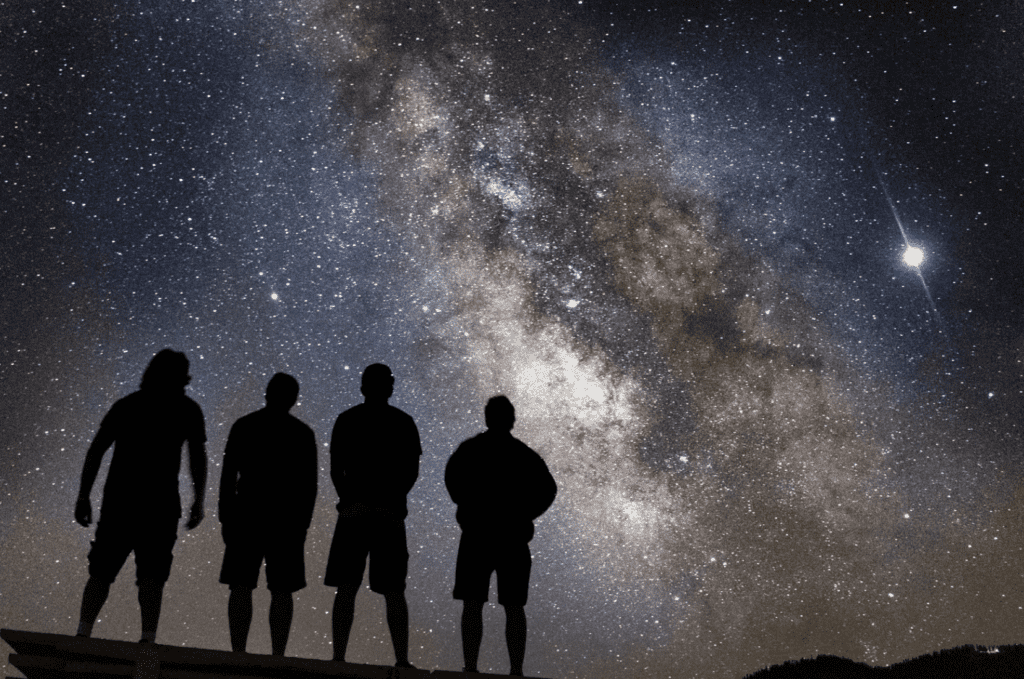
Best Places to Visit & Camp
Camping is an activity that has been around since the beginning of time. There are several factors to consider when choosing a place to camps, such as the weather, the wildlife, and the scenery.
Some of the best places to visit while camping include the United States, Africa, Canada, Europe (any country), New Zealand, South America (any country Southeast Asia (Vietnam), and Australia.
The United States is home to some of the best camping spots in the world. Some of the most popular places to camp include Yosemite National Park, the Grand Canyon, and Glacier National Park. These parks offer amazing scenery and plenty of activities for campers to enjoy.
Asia is also a great place to visit, but it has many different climates, so first research which country’s climate you’d prefer before making any travel plans.
Africa offers some of the most spectacular wildlife viewing opportunities on the planet, as well as plenty of National Parks that are perfect for camping.
Canada has countless places to camp; whether you’re looking for some peace and quiet or if you prefer some action-packed outdoor adventures, Canada probably has something for you!
The European continent offers thousands of tourist attractions including beaches, skiing regions, islands, rainforests, mountains, and more – almost everywhere in Europe is perfect for camping!
New Zealand also has beautiful scenery including lush forests with hiking trails.
The United States of America
The United States of America offers some amazing places for people who want to go camping. Many of these places are located in beautiful national parks and forests spread throughout this vast country.
The following lists the best places to camp in America for people interested in outdoor recreation like hiking or mountain biking:
Camping In The Rocky Mountains
Camping in this part of North America is always great fun, especially during the summer months when you get to enjoy all kinds of outdoor activities like hiking, climbing, and mountain biking.
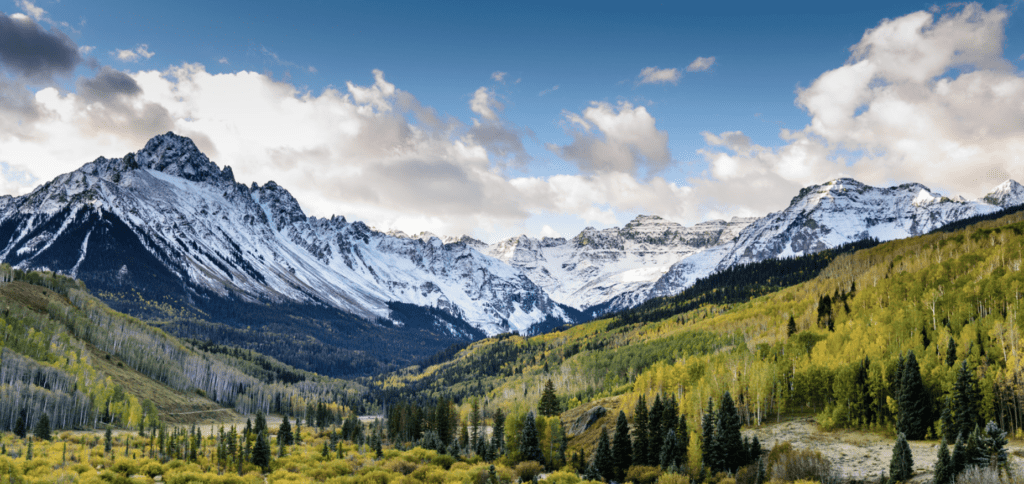
When you’re camping outdoors in rocky locations like these, it can be particularly important to sleep with one eye open so you don’t get attacked by dangerous animals while sleeping!
Camping In The North American Desert
You can find desert camping sites in places like Death Valley and Joshua Tree National Park where you’ll get to enjoy stunning views of the surrounding mountains.
These locations can be a little bit difficult to navigate since they’re often located in remote areas that aren’t always easy to reach, but it’s all worth it when you see the amazing sunsets and sunrises!

Lake Isabella State Park – California
This park offers camping opportunities for people who want to fish, hike, swim, or boat in the beautiful lakes and rivers found there. This is a perfect place to camp if you are looking for an opportunity to spend time with your family or friends while enjoying the great outdoors.
Adirondack Park – New York State (2 million acres)
Adirondack Park is one of six world biosphere reserves recognized by UNESCO within the U.S., which makes it an excellent place for hikers because there are more than 2 thousand miles of trails.

Big South Fork – Tennessee/Kentucky State Line (105,000 acres)
Big South Fork is another one of the best places to camp in America because it has over 100 miles of trails for hikers and mountain bikers, 18 different boat-in campsites, scenic vistas along cliff lines, wildlife viewing opportunities, waterfalls, swimming holes, and natural stone arches.
Capitol Reef National Park – Utah (287 thousand acres)
Capitol Reef National Park is a great place for people who love to backpack or hike in rugged areas. There are several self-guided hiking trails that lead through historical sites such as Fruita which was settled in 1880s by Mormon pioneers.

Canyonlands National Park – Utah (333,000 acres)
This park offers many activities for those who enjoy spending time in nature. It is a great place to camp and hike or rock climb among impressive sandstone cliffs. There are several hundred thousand acres of designated wilderness on this park allowing visitors to explore areas that have not been marked or maintained.
Death Valley National Park – California/Nevada State Line (over 3 million acres)
Death Valley National Park encompasses an impressive array of desert landscapes including mountains with vegetation, sand dunes, salt flats, canyons, cinder cones, valleys, craters and badlands. This is an excellent destination for people who love to backpack or go camping in rough terrains.
Europe
Camping is a very popular way for Europeans to spend their vacation time because it allows them to explore all corners of this beautiful region in a budget-friendly manner. There are many camping areas located in national parks offering campers opportunities to relax and view wildlife in its natural habitat while being immersed in some of the most stunning landscapes on Earth.
Camping In The Mountains Of Sweden
Sweden is a great place to go camping because it’s home to many forests that can really offer you an “outdoors” experience like no other!
Some of these campsites even come equipped with wooden cabins so you’ll get to enjoy all the comforts of home while sleeping out under the stars during your vacation time!
The Pyrenees Mountains – France/Spain Border
The Pyrenees are a mountain range that runs more or less in a north-south direction on the border of France and Spain.
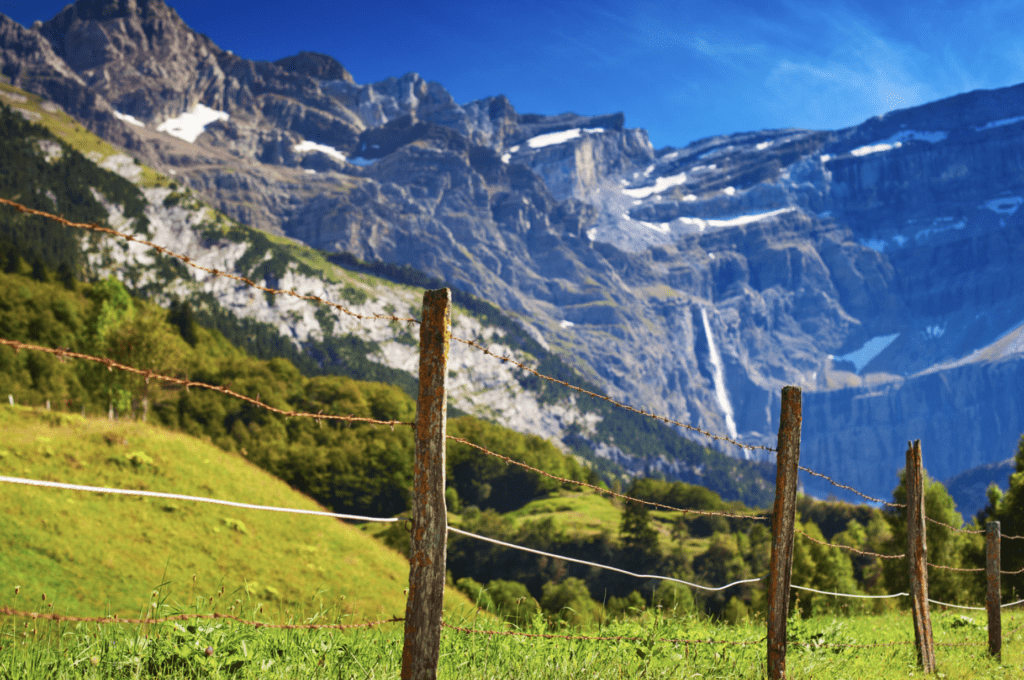
The highest peak of this range is more than 10 thousand feet high, while some other peaks are between 7 thousand to 8 thousand feet high. There are many hiking trails for Camping enthusiasts who want to explore these mountains by foot.
The Black Forest – Germany
The Black Forest is one of the most beautiful places in Europe, and it is well-known for its dense forests, rivers, mountain streams, hiking trails, winter sports opportunities, and magnificent scenery.
The Bärenloch cave in this forest has impressive stalactites and stalagmites formations that are amazing to see.
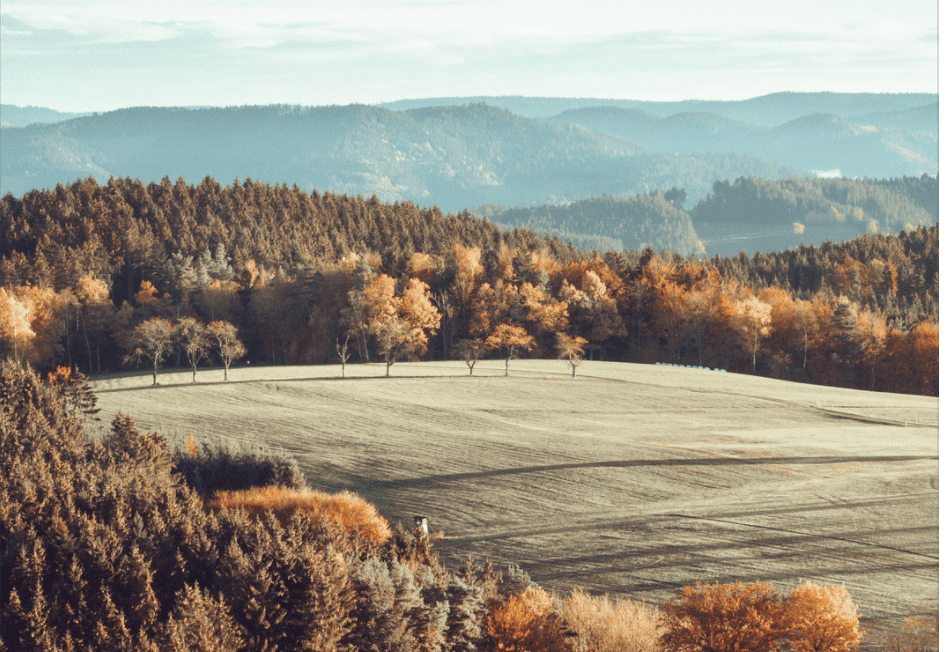
Scandinavia Mountains – Scandinavia
This mountain range covers parts of Norway, Sweden and Finland. People who love to hike will enjoy exploring these natural wonders because they offer scenic views with lots of green vegetation.
The best time for camping enthusiasts to visit this area is during summer when it’s warm enough to swim or go boating on the many lakes found throughout the region.
Norway
There are lots of Things To Do In Norway in summer including fjords, mountains, glaciers, and waterfalls that make this country one of the best places for camping enthusiasts from all over the world to visit throughout the year.
There are several campsites around that allow people to pitch tents while enjoying access to public restrooms & showers along with parking areas that allow campervans/motorhomes/RVs so they can stay overnight without having to find a designated campsite each night.
Austria
There are lots of Camping Activities & Things To Do In Austria. This is one of the most well-known countries for winter sports fans, but it also has much to offer adventurers who like hiking and climbing.
There are several National Parks in this country where you can pitch a tent or stay in cabins during your journey.
Val de Travers – France (1 hour 30 minutes from Geneva)
This valley region covers parts of France and Switzerland and it’s known for its beautiful scenery that encompasses mountains, rivers, forests and historic towns.
People who love wine will enjoy visiting vineyards that produce some amazing aromas; while nature lovers can marvel at the natural beauty found throughout the area by exploring trails on foot, canoeing down rivers or cycling along scenic roads.
Lauterbrunnen Valley, Switzerland
This valley is home to some of the tallest mountains in Europe that offer amazing views through the clouds. Visitors who like hiking will enjoy spending time along scenic trails where they can admire beautiful waterfalls and green meadows full of wildflowers.
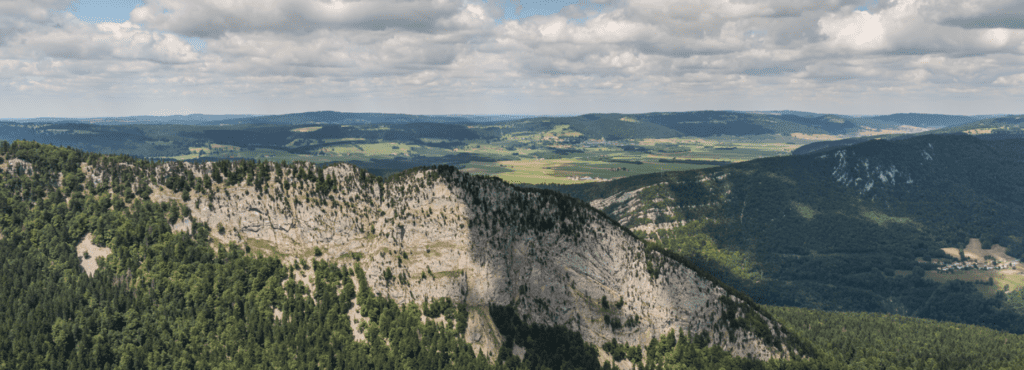
This destination is perfect for people who love camping because there are lots of places where one can pitch a tent right next to breathtaking lakes or inside secluded forests away from civilization.
Swiss National Park – Switzerland
Visitors who are planning to camp at this park should be aware that it has the strictest requirements for visitors of any national park in Europe.
Campers are expected to buy a Wilderness Ticket before they arrive and are only allowed to camp directly on dark, flat soil or rock surfaces without taking up any grass or ground vegetation.
There is little privacy provided by the terrain so sites are small, tents must remain within assigned zones and open fires are prohibited everywhere due to fire danger.
Loch Lomond & The Trossachs National Park – Scotland
The scenery here will take your breath away no matter if you stay at official campsites or pitch a tent on public land.
This is the largest national park in Scotland, and it offers many scenic views of lakes, mountains, meadows, and forests. Campers can enjoy bird watching or hike to remote parts of this beautiful landscape in a budget-friendly way.
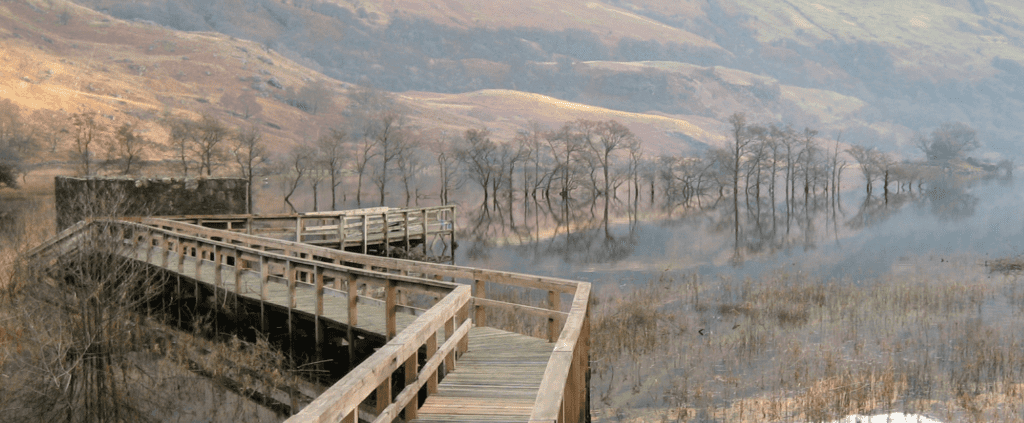
Canada
Some of the best places to camp in Canada are the national parks. The scenery and wildlife in these areas are some of the most beautiful in the world. Some of the best national parks to camp in are:
Banff National Park – Alberta
This park is located in the Rocky Mountains and offers visitors opportunities to see grizzly bears, mountain lions, elk, and bighorn sheep among other animals.
Yoho National Park – British Columbia
This park is also located in the Rocky Mountains and is known for its waterfalls, glaciers, and limestone caves.

Jasper National Park – Alberta
This park is located in the Canadian Rockies and is known for its mountains, lakes, and glaciers.
British Columbia is home to many of the best camping spots in Canada. Some of the best places to camp in this region include:
Kootenay National Park – British Columbia
This park offers visitors canyons, waterfalls and fantastic wildlife viewing opportunities.
Pacific Rim National Park – Vancouver Island
Visitors who want to explore a pristine wilderness setting should head to Pacific Rim where they can see gray whales during migration season and seals and sea lions that live throughout the year on beaches and around rocky coves.
Visitors will also find spectacular old-growth rainforests inside the boundaries of this area.
Nahanni National Park Reserve- Northwest Territory
This park protects over four million acres of lakes, rivers, forests, and mountains. It is known for its abundance of wildlife including grizzly bears, wolves, and mountain goats.
Visitors to this area should plan on bringing a tent and camping supplies because there are few developed campgrounds available in the region.
Asia
Camping And White Water Rafting In India
India is a very different country from many others in the world. It can be very hot and crowded, so it’s important to be prepared for anything before you go. Make sure to pack sunscreen, water, and snacks, and be prepared for long lines and lots of people. If you’re able to, try to visit during the winter months when there are more outdoor festivals happening around the country. Y
India has plenty to offer visitors today: from amazing festivals and spiritual experiences to incredible monuments and beautiful beaches. If you’re ever planning on going camping in India, you should be sure to visit during the winter months when there are more outdoor festivals happening around the country.
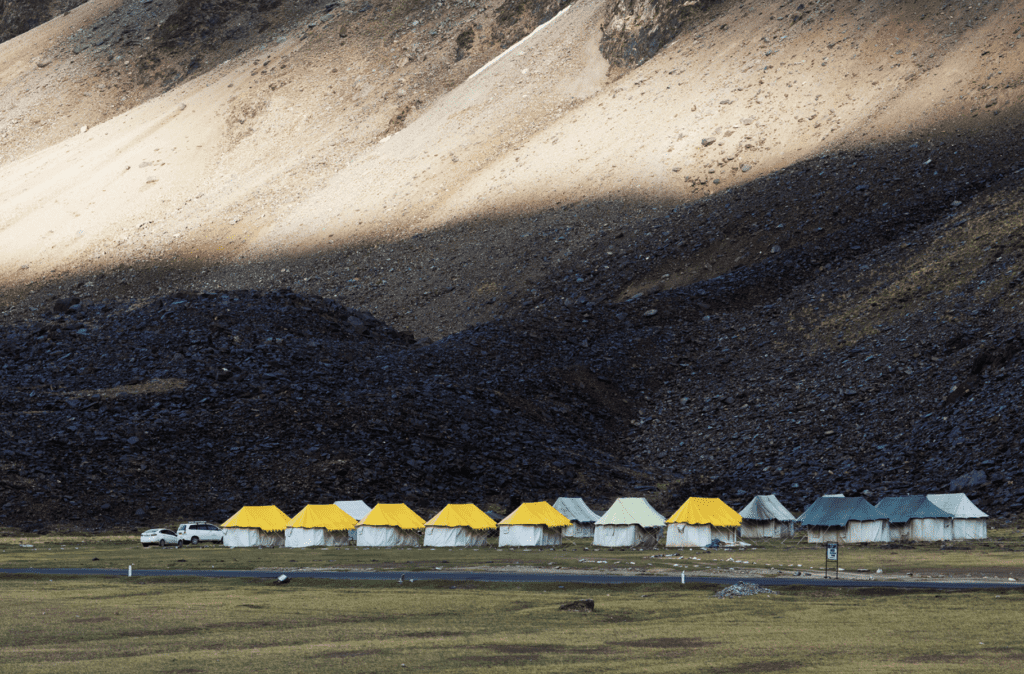
You could also combine your trip with some white water rafting, which is always fun but can be even better if there’s a nice river flowing next to your campsite!
Hokkaido, Japan
Home of the northern lights and natural hot springs. Hokkaido is a destination that gets all year round visitors because it has some of the best skiing in Asia during wintertime, while summertime provides many opportunities for horseback riding, camping, and hiking.
The island of Hokkaido also offers lots of festivals such as the famous Yuki Matsuri (Snow Festival) held every February where there are ice sculptures on display along with fireworks and other activities to enjoy by people from all over the world.
Bhutan
This site has some amazing facts about Bhutan Tourism & Things To Do In Bhutan. If you like adventure, then this is one of the best places to visit. The country offers some of the best places in Asia for paragliding, rock climbing, and hiking.
Hiking in Bhutan is also another adventure activity to do while visiting this destination. There are several hiking trails in this country that range from an easy 3-hour hike to advanced 14-day hiking trails where visitors can explore pristine wilderness areas in all their glory.
Alishan National Scenic Area – Taiwan (600 square kilometers)
Alishan National Scenic Area is a nature lover’s paradise located on the Alishan mountain range with lush vegetation, coniferous forests, waterfalls, and scenic views.
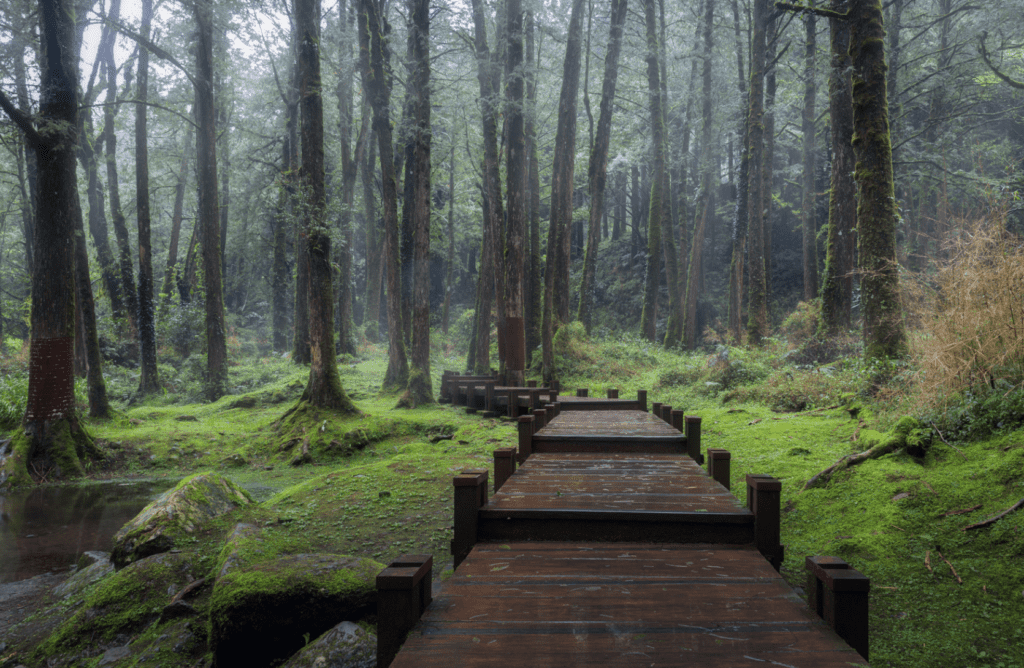
This area is popular during autumn when leaves change color, making for beautiful scenery throughout the region. Visitors who love camping will enjoy sleeping in tents, cabins or trail shelters which are available throughout the area.
Australia
Outback Camping In Australia
Camping in the Australian Outback can be a little bit uncomfortable at night, but there is nothing more beautiful than waking up with gorgeous views out over vast stretches of land.
You’ll probably need an experienced guide or tour operator to help you navigate some tricky terrain while camping in the Outback, so it’s important that you plan your trip ahead of time so everything goes smoothly. Just remember that there are venomous snakes, spiders, and other dangerous creatures that you’ll want to watch out for.
Great Barrier Reef Marine Park – Australia
The Great Barrier Reef is one of the world’s most beautiful natural wonders and stretches across more than 1,800 kilometers off the coast of Queensland.
People who enjoy snorkeling will have a blast swimming with sea turtles, tropical reef fish, and much more along this brilliant stretch of coral coastline. Because the region has so many islands where you can camp on them for days at a time exploring all that it offers.
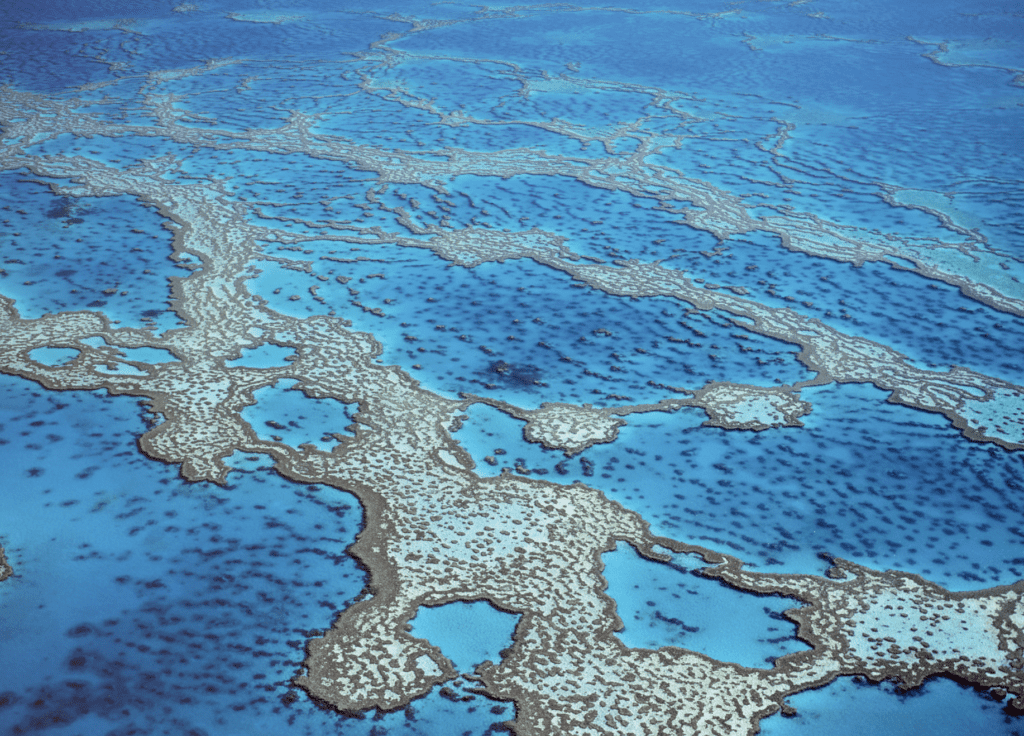
There are also overnight camping excursions offered by tour companies that bring visitors to locations within the reef that are difficult to reach via other means.
Africa
Africa is a vast continent with many amazing places to camp. Some of the best places to camp are in national parks where visitors can enjoy safaris and see some of the most beautiful animals in the world. Other great camping destinations in Africa include:
Camping In The Sahara Desert
Camping in the Sahara is a surprisingly popular activity today, but it was once very difficult because of all the sand storms. Over time, however, people have figured out how to use mobile campsites while camping in the desert so they can enjoy their trip without getting too overwhelmed by sand and dust.
If you ever get a chance to visit this part of North Africa, make sure you take advantage of this opportunity! The last time I slept in the desert was in Marocco.
African Bush Camping And Hiking Tours
There’s nothing like waking up under tall trees in remote parts of Africa! You could find yourself sharing your campsite with some unique animals including lions, elephants, and hyenas, but most wildlife tends to avoid the area around campsites because they’ve been disturbed in the past.
It’s also a good idea to use a good bug repellent if you’re going on a camping trip in Africa since there are a lot of flying bugs that can give you nasty bites!
Camping Near Lake Tanganyika
If you ever get a chance to visit Africa, make sure you consider going on a camping safari near Lake Tanganyika! This is one of the deepest lakes in the world with an average depth of around 990 feet (300 meters).
It’s also home to some incredibly rare fish species including the Lake Tanganyika cichlids, which are some of the oldest and most unique fish species in the world.
Kruger National Park – South Africa
The Kruger National Park is one of the largest game reserves in Africa and offers visitors opportunities to see lions, elephants, leopards, and rhinos among other animals.
This park is also home to numerous bird species including vultures, secretary birds, and crowned eagles. Visitors can camp in basic campsites or luxurious lodges located inside the park.
Serengeti National Park – Tanzania
This world heritage site in Tanzania is home to the “great migration” where visitors can see buffalo, wildebeest and zebra grazing on the grasslands below the sandstone cliffs of the Ngorongoro Crater.
Okavango Delta – Botswana
This area is located in northern Botswana along the Okavango River. The delta has lush forests, grasslands, and swamps that are filled with wildlife including elephants, cheetahs, hippos, and lions among many other animals.
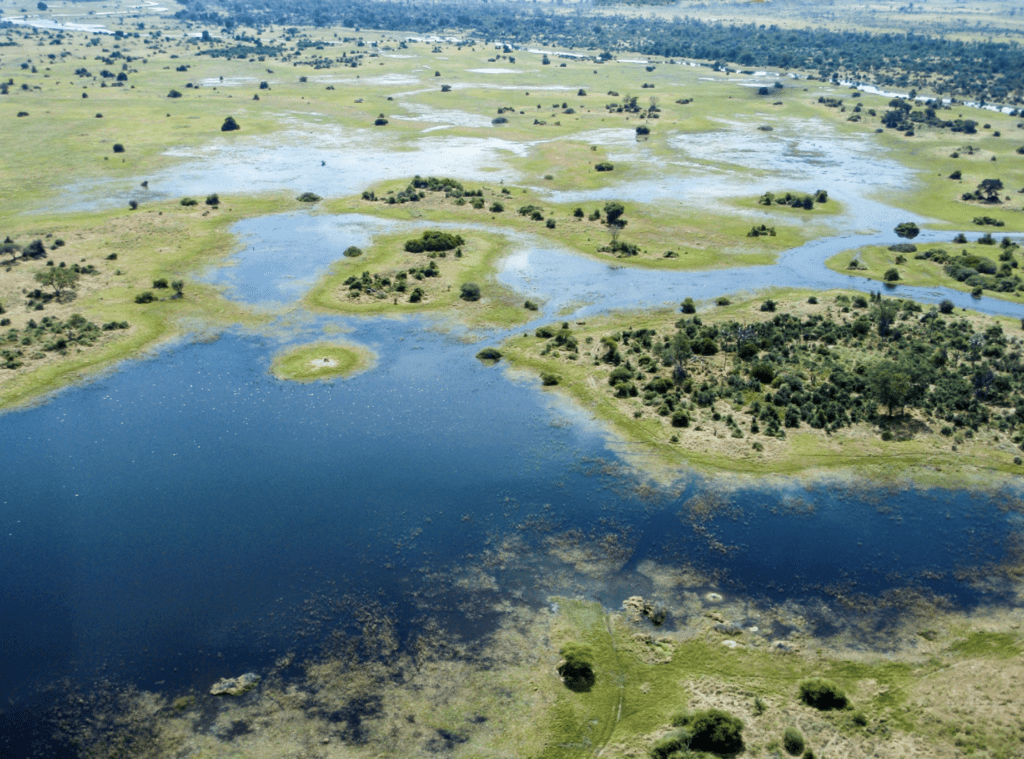
Visitors who want to camp here can choose between luxury camps or campsites that offer access to basic amenities such as running water that support safari tours throughout the region.
Kalahari Desert – Botswana & South Africa
Those who love camping and adventure will enjoy exploring this vast desert region. The Kalahari is home to the “Bushmen” who are known as some of the world’s greatest hunters and trackers.
Campers can explore the area with help from Bushman scouts who know how to survive in this challenging environment.
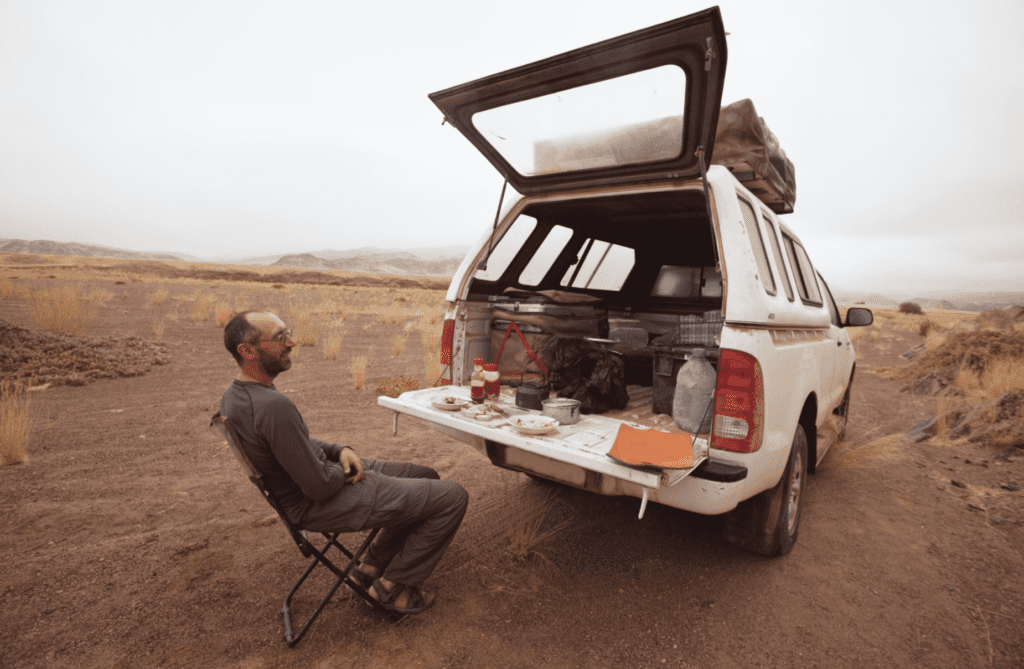
Okavango Delta – Botswana
Those traveling to Africa for a once-in-a-lifetime experience should include camping on their itinerary if possible. Visitors need to be aware that these types of excursions require careful planning and preparations before leaving on safari tours or overnight excursions into the wilderness regions throughout the continent.
Fortunately, there are tour companies with guides who have the necessary knowledge and skills to help travelers prepare for these types of activities so they can have a truly memorable trip.
New Zealand
South Island
This park is known for its golden beaches and forest-lined coastline. Visitors can also see seals, penguins, sea lions, and dolphins from the shoreline or by boat.
Franz Josef & Fox Glaciers – South Island
Visitors should bring a sturdy tent with them because campgrounds are located near these world-famous glaciers.
Tourists who book tours that include glacier hiking will find that some guided trips also include a night’s stay in a nearby alpine hut that offers bunk beds and basic amenities such as running water.
Nelson Lakes National Park – North Island
Camping areas are available here on grassy river flats beside lakes where visitors can spot rainbow and brown trout swimming below the surface of the water.
Aoraki Mount Cook National Park – South Island
This park offers visitors the opportunity to see an amazing glacier, alpine peaks, and a high country dotted with lakes surrounded by native forests.

In addition, visitors can also enjoy walking along glacial lakes that were formed thousands of years ago when erosion created bowl-shaped basins in the landscape.
Aoraki Mount Cook National Park
You and your buddies have just arrived in the Aoraki Mount Cook National Park after a long drive from home. You’re all excited to set up camp and spend the next few days exploring the park.
As you pull into the campground, you realize that all of the best spots are taken. You and your buddies start to get a little frustrated as you start to unload your gear.
After setting up your tent in a spot that’s less than ideal, you head out to explore the park. As the sun starts to go down, you realize that you’re starving. You head back to camp and find that your buddy has cooked up a delicious dinner of hot dogs and beans.
You all sit around the campfire, talking about all of the great things that you’re going to do during your time at the park. It looks like this trip is going to be a lot of fun after all!
You and your friends have been driving for hours, but it’s finally time to make camp. As you pull into Aoraki Mount Cook National Park, the first spot that you see with an open spot has already been taken by another camper.
You start unloading your gear as other campers rush past you to claim other prime spots. After setting up camp in a not-so-ideal location, you head out for a walk around the park only to find that all of the good trails are taken.
You wander back to camp just as everyone else is starting to make dinner. You all sit by the campfire, talking about how much fun you’re going to have during your time at the park, but that doesn’t seem very likely with all of the other people around here.
Pacific Rim National Park Reserve
You and your buddies are finally setting up a home base for a camping trip in Pacific Rim National Park Reserve. It’s been a long drive from home, but it’s worth it because everyone is excited to explore this national park.
As you pull into your campsite, you realize that there are only two spots available. The rest of them are taken up by large RVs. You start unloading your gear as quickly as possible so that no one else can claim your spot.
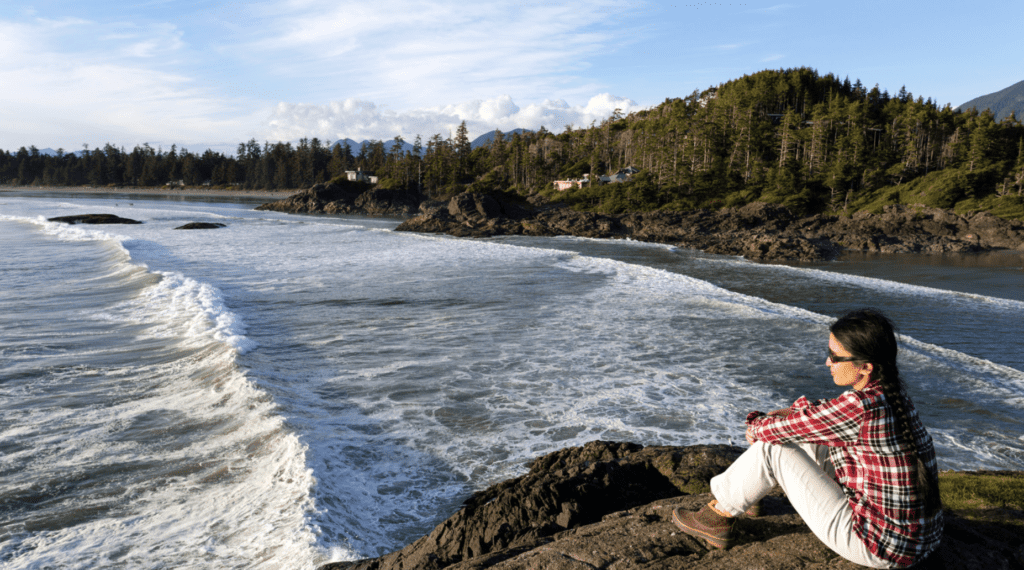
After setting up camp in this crowded spot, you head out to explore the park. There are people everywhere! You take a few pictures of the area and then go back to your campsite so that you can start getting dinner ready for your friends.
As soon as they finish eating dinner, everyone decides to call it a night because there’s so much commotion around here. You head off to bed without having really done anything fun during your time at the park. Everyone wakes up early the next morning but they’re all excited because today is their last full day at Pacific Rim National Park Reserve.
Your buddies quickly pack up their gear and clean up their campsite before heading off on one last hike through the forest together. They say goodbye, promising to do this again sometime soon.
You and your buddies are finally on the road, making the long drive out to Pacific Rim National Park Reserve. Everyone is excited to explore this national park because it’s one of the best ones in Canada!
As you pull into your campsite, you see that it’s practically empty. You quickly set up camp so that no one else can claim your spot before heading out for a walk around the park.
As you explore, you come across an amazing viewpoint where you can watch all of the waves crash against the rocky coastline below. It’s breathtaking! You spend hours at this viewpoint watching seagulls soar through the sky and otters play in the water below.
The view is even better from the water, so you and your buddies paddle out to a nearby island for an even better vantage point. Every time a new wave crashes against the shore, another rainbow appears in the mist.
You head back to camp with some great pictures of this beautiful moment. Everyone wakes up early the next morning but they’re all excited because today is their last full day at Pacific Rim National Park Reserve.
Kahurangi National Park
As you and your friends are driving to Kahurangi National Park, the last thing you want is for someone else to take the only spot in the park. You quickly unload your gear and set up camp before anyone else can claim it.
After dinner, you all go on a walk around the park but all of the good trails are taken. You wander back to camp just as everyone else is starting to make dinner. You all sit by the campfire, talking about how much fun you’re going to have during your time at the park, but that doesn’t seem very likely with all of the other people around here.
The next morning, everyone wakes up early but there’s no good way to spend your last day at Kahurangi National Park at there are so many people around. You all pack up your stuff and head back home, excited to plan another camping trip soon.
Mount Aspiring National Park
As you and your friends are driving to Mount Aspiring National Park, you see that the only spot in the park is taken. You quickly unload your gear and set up camp before anyone else can claim it.
Everyone gathers around the campfire, chatting about how much fun they’ll have at the park once everyone else leaves, but it doesn’t look like it will be very enjoyable with all of the other people here.
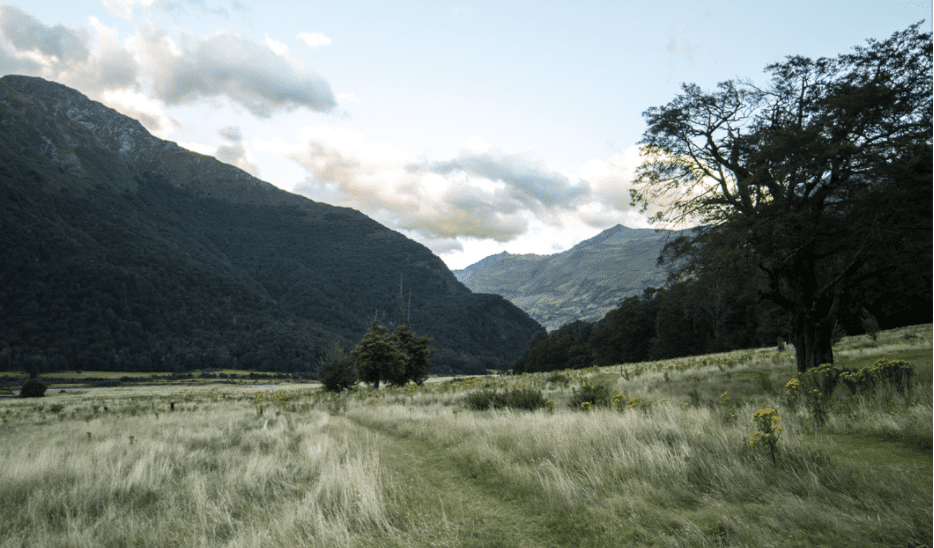
The next morning, everyone wakes up early but there’s no good way to spend your last day at Mount Aspiring National Park at there are so many people around. You all pack up your stuff and head back home, excited to plan another camping trip soon.
Kakanui Conservation Area
As you and your friends are driving to Kakanui Conservation Area, the last thing you want is for someone else to take the only spot in the park. You quickly unload your gear and set up camp before anyone else can claim it.
Everyone goes for a stroll about the park after supper, but all of the nice paths have been taken. You wander back to camp just as everyone else is getting ready to eat.
The next morning, everyone wakes up early but there’s no good way to spend your last day at Kakanui Conservation Area at there are so many people around. You all pack up your stuff and head back home, excited to plan another camping trip soon.
Tongariro National Park
As you and your friends are driving to Tongariro National Park, the last thing you want is for someone else to take the only spot in the park. You quickly unload your gear and set up camp before anyone else can claim it.

After dinner, you all go for a walk around the park. You try to take different trails, but they’re all taken. So you go back to camp and everyone else is starting to make dinner. You all sit by the campfire and talk about how much fun you’re going to have during your time at the park, but that doesn’t seem very likely with all of the other people around here.
The next morning, everyone wakes up early but there’s no good way to spend your last day at Tongariro National Park because there are so many people around. You all pack up your stuff and head back home, excited to plan another camping trip soon.
Aoraki/Mount Cook National Park
As you and your friends are driving to Aoraki/Mount Cook National Park, the last thing you want is for someone else to take the only spot in the park. You quickly unload your gear and set up camp before anyone else can claim it.
The next morning, everyone wakes up early but there’s no good way to spend your last day at Aoraki/Mount Cook National Park at there are so many people around. You all pack up your stuff and head back home, excited to plan another camping trip soon.
Camping Around The World
Experiencing nature in all its beauty and glory is something that many people enjoy today since it gives them time to really unwind without any distractions.
This is why camping has become so popular over the past few years: because people realize that they just need some time away from everything else to fully appreciate what our world has to offer! If you’re ever planning on going on camping for a weekend, make sure you keep these great tips in mind so you have a wonderful time during your trip!
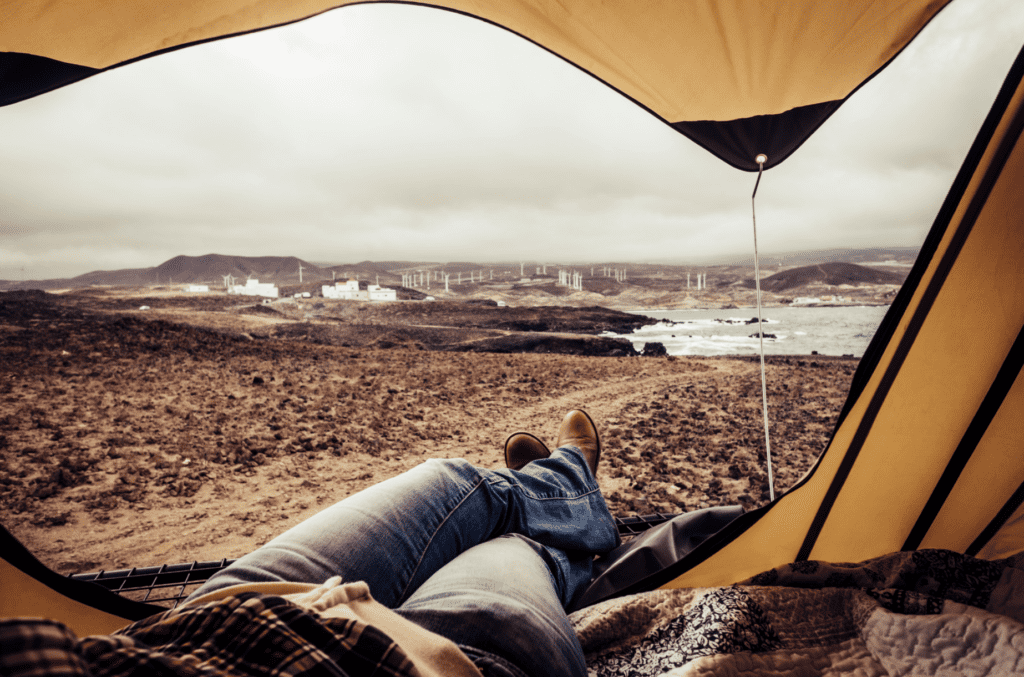
The best Camping Activities & Things To Do In The World are just around the corner! Plan your trip now with Destination Guides Worldwide!

